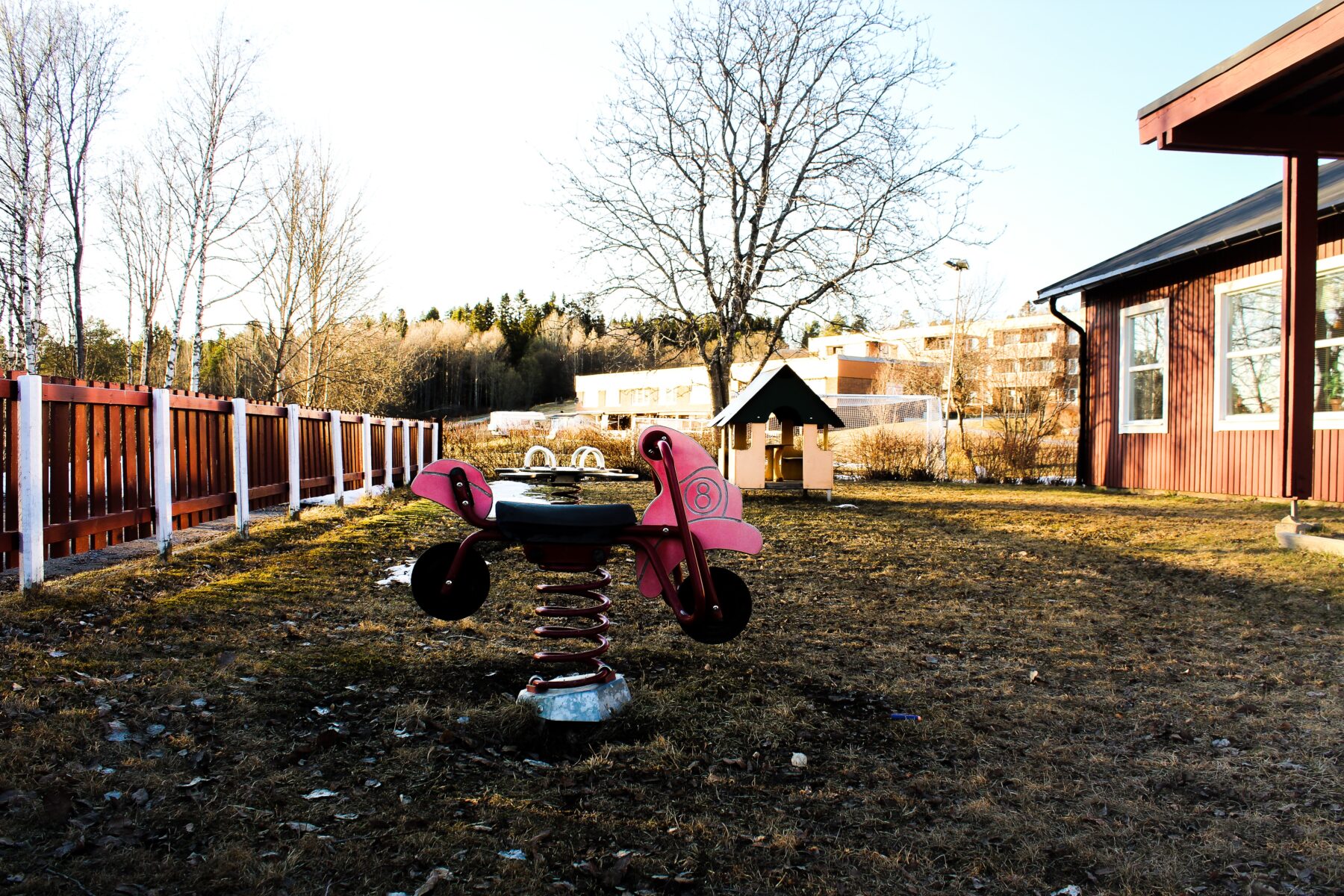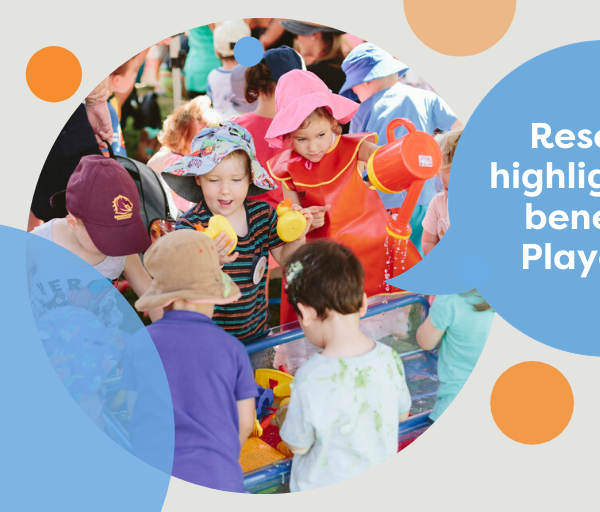Gulf between city and country children’s early development is widening AEDC figures show

The gap between city and country children’s early development is widening, new data from the Australian Early Development Census (AEDC) has shown.
The further a child lives from a metropolitan centre the more likely they are to be developmentally vulnerable in one or more domains, with the level of vulnerability increasing over the past three years.
“The impact of COVID, coupled with the compounding natural disasters of drought, bushfires and floods has had a negative impact on country children and more needs to be done to make sure a child’s start in life is not determined by their postcode,” Royal Far West CEO, Jacqueline Emery said.
AEDC measures children’s development across the five key domains, namely:
- physical health and wellbeing;
- social competence;
- emotional maturity;
- language and cognitive skills (school-based) and
- communication skills and general knowledge.
A child’s progress when measured against AEDC domains has been shown to predict later health, wellbeing, and academic success.
While the 2021 AEDC figures show that the number of children who were vulnerable in one or more domain remained steady in major cities compared to 2018 figures at 20.8 per cent, the numbers increased by 1.4 per cent for those living in inner and outer regional areas, moving from 23 per cent in 2018 to 24.4 per cent in 2021.
The number of children vulnerable in one or more domain increased by 0.3 per cent for those living in remote and very remote areas, shifting from 34.1 per cent in 2018 to 34.4 per cent in 2021.
Ms Emery expressed concern that the 2021 AEDC figures highlight that those children who are already disadvantaged, the majority who live in rural and remote areas, are slipping further behind, especially those with two or more developmental vulnerabilities.
The 2021 AEDC figures show that one in five children starts school with a developmental vulnerability, and these rates are higher in regional areas and more than twice as high in very remote areas. Children in very remote areas are twice as likely to be vulnerable in one or more domains and almost three times as likely to be vulnerable in two or more domains compared to children living in major cities.
The decline has also been significant for Aboriginal and Torres Strait Islander children, who saw a 1 per cent increase in developmental vulnerability in 2021, reversing progress towards Closing the Gap targets.
”These changes can appear to be small, but they are significant, with real impacts at the community level.…. This highlights the fact that substantial support is still needed for these children to have the best chance of thriving through their school years,” AEDC authors note.
The key to reversing these trends, Ms Emery said, lies in early intervention screening, assessment and therapy for developmental vulnerabilities.
“For young children, aged 3-5 years, this includes assessing and addressing school readiness. For kids aged 6-12 years, improved access to allied health support, especially multidisciplinary supports for children with more complex needs, is vital to help these children to reach their full potential,” she added.
For more information on the 2021 AEDC findings please see here.
Popular

Policy
Quality
Practice
Provider
Research
Workforce
ECEC services to close early for mandatory child safety training under national reforms
2025-12-01 07:10:09
by Fiona Alston

Quality
Policy
Practice
Provider
Workforce
Growth restrictions and enhanced oversight imposed on Affinity Education Group in NSW
2025-12-01 07:30:29
by Fiona Alston

Workforce
Events News
Policy
Practice
Provider
Quality
Gold Walkley Award win for childcare investigation places national spotlight on safety and accountability in ECEC
2025-12-02 07:30:34
by Fiona Alston
















